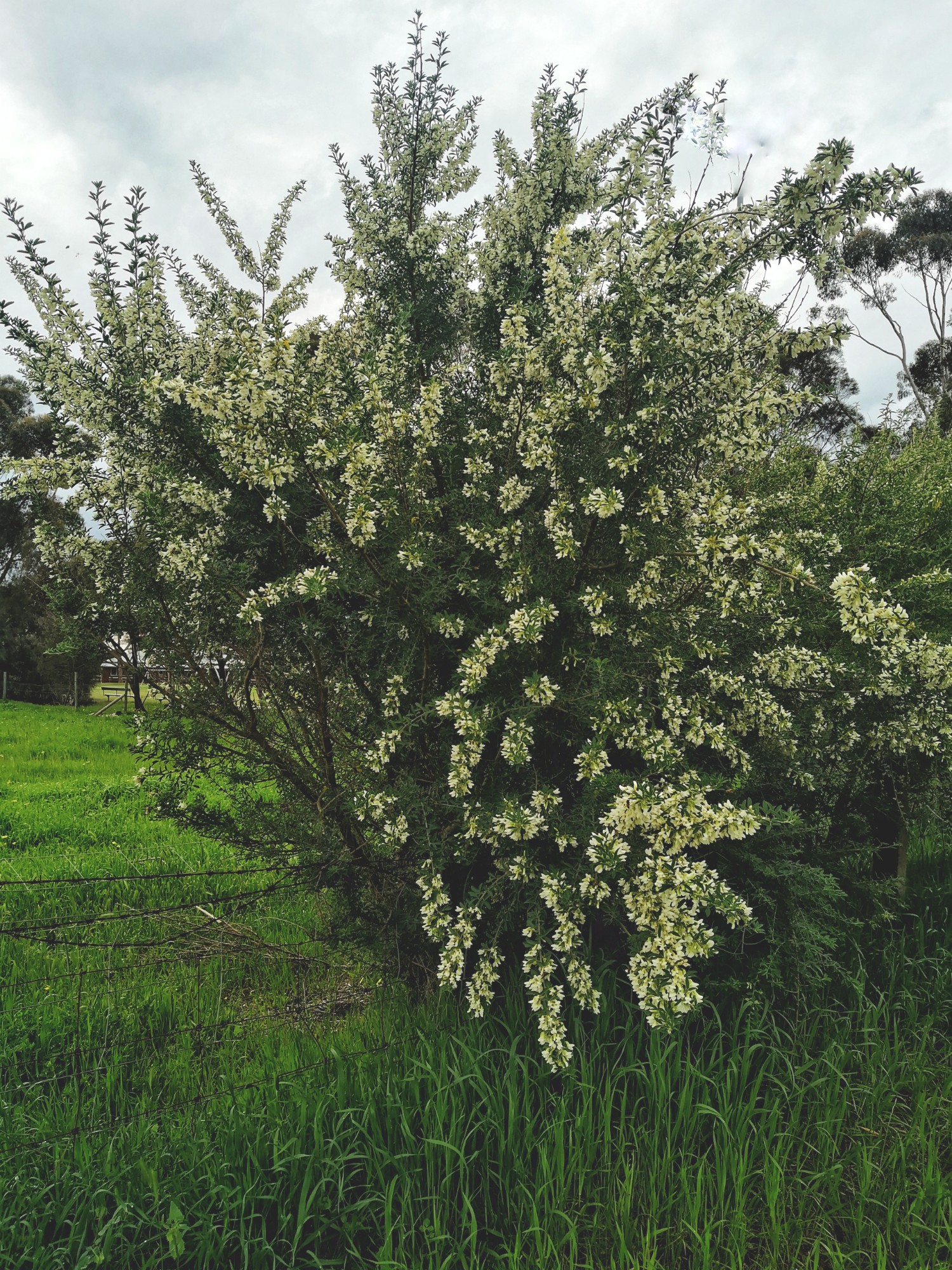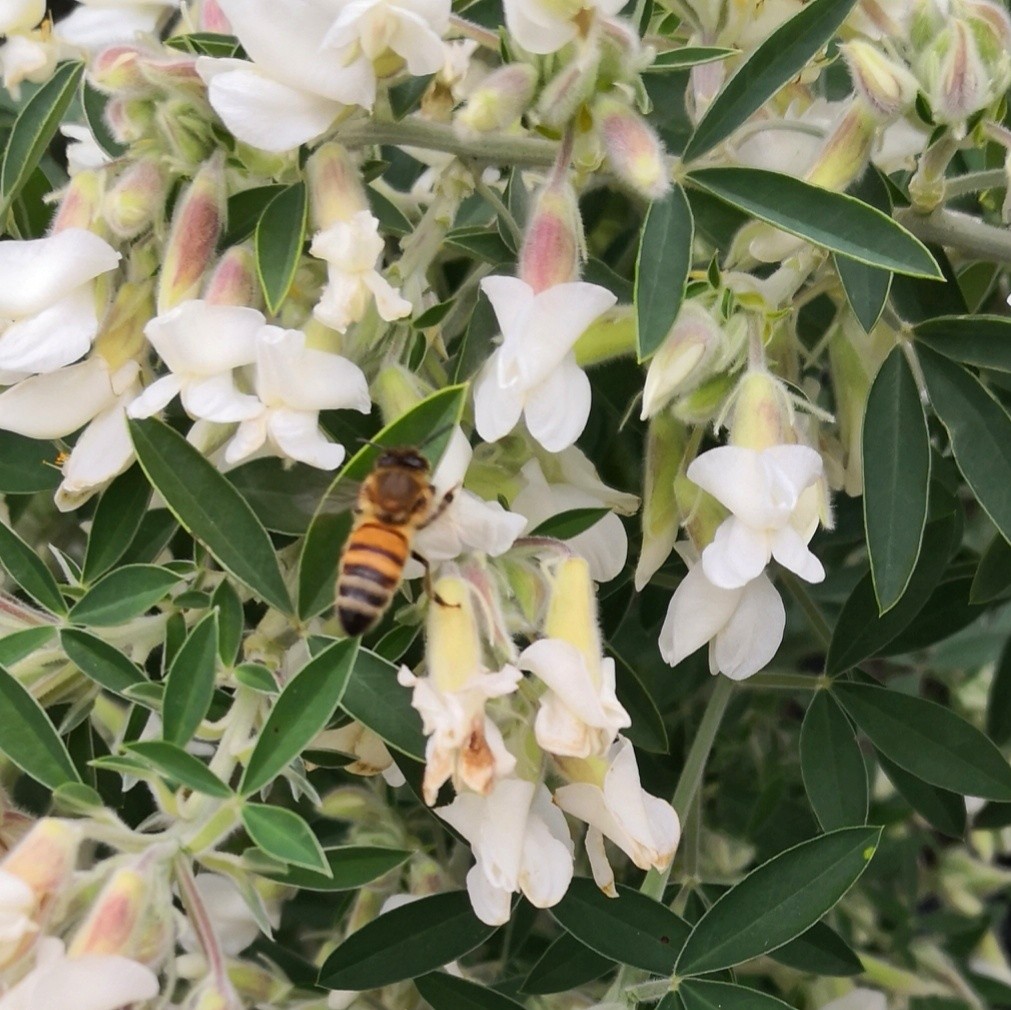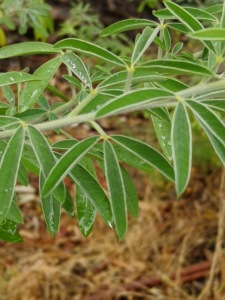
Common names: Tagasaste, Tree Lucerne
Taxonomic name: Cytisus proliferus
Family: Fabaceae
Uses: Fodder crop, soil improvement
Area of origin: Canary Islands
Warnings: None
Tagasaste (Cytisus proliferus) is an incredibly useful plant.
It’s called ‘Tree Lucerne’ because it is beloved by livestock and just as nutritious for them. The super abundant flowers are a favourite of bees, I’ve never been near one in flower without needing to be cautious.

Tagasaste is a legume, so shares that group’s association with bacteria that fix nitrogen in the soil (could you call this a ‘fixation with nitrogen?). It has two different types of roots that perform two different functions which both support plants that grow near to it.
Tagasaste has roots that go deep into the soil and subsoil, bringing up moisture and nutrients. Then there are the shallow, surface roots responsible for absorbing nutrients.
Now, here’s the interesting part, Tagasaste actually waters the surface soil around it with water pumped up by the deep roots. This means that the surface roots and mycelia can continue to break down and absorb soil nutrients even in the driest weather. Other plants nearby can benefit from this too in difficult conditions.
Tagasate is used around the world as a windbreak and fodder crop. It grows back well with more nutritious leaves after being cut or pruned. Our chickens love it, as does a friend’s sheep.

Locally, its a weed. That’s great news too because it shows that it is hardy and well adapted to our local climate. It grows from the plains and into the hills and in a variety of conditions. Those in the shade in the hills don’t seem to flower as much as those in the open.
